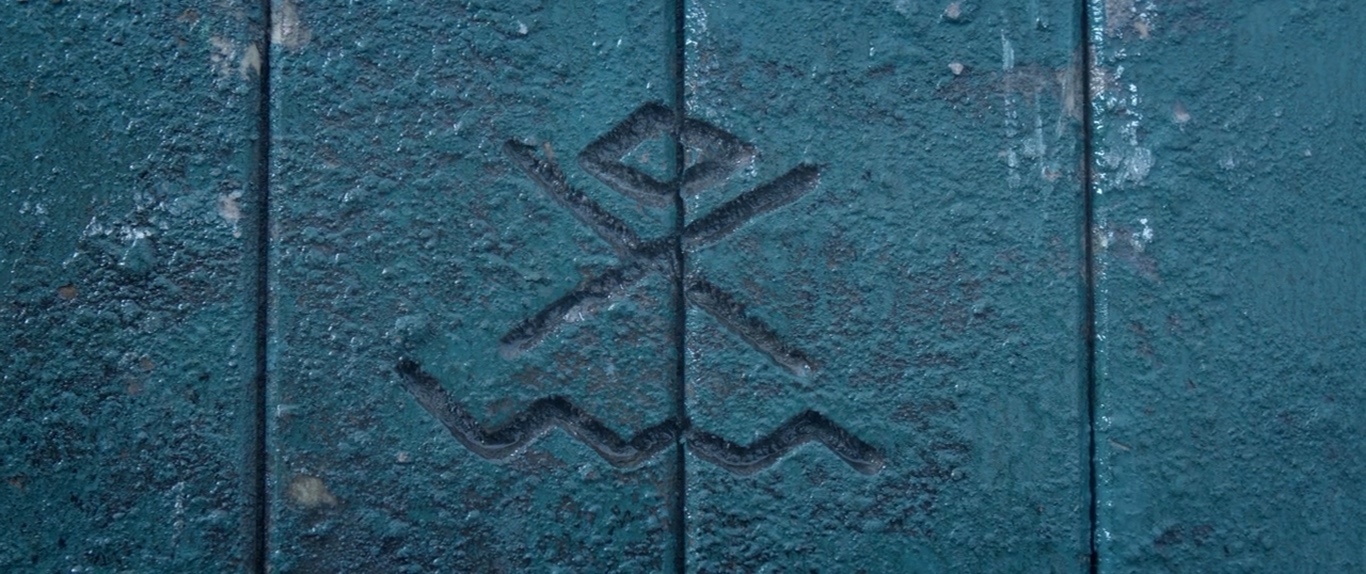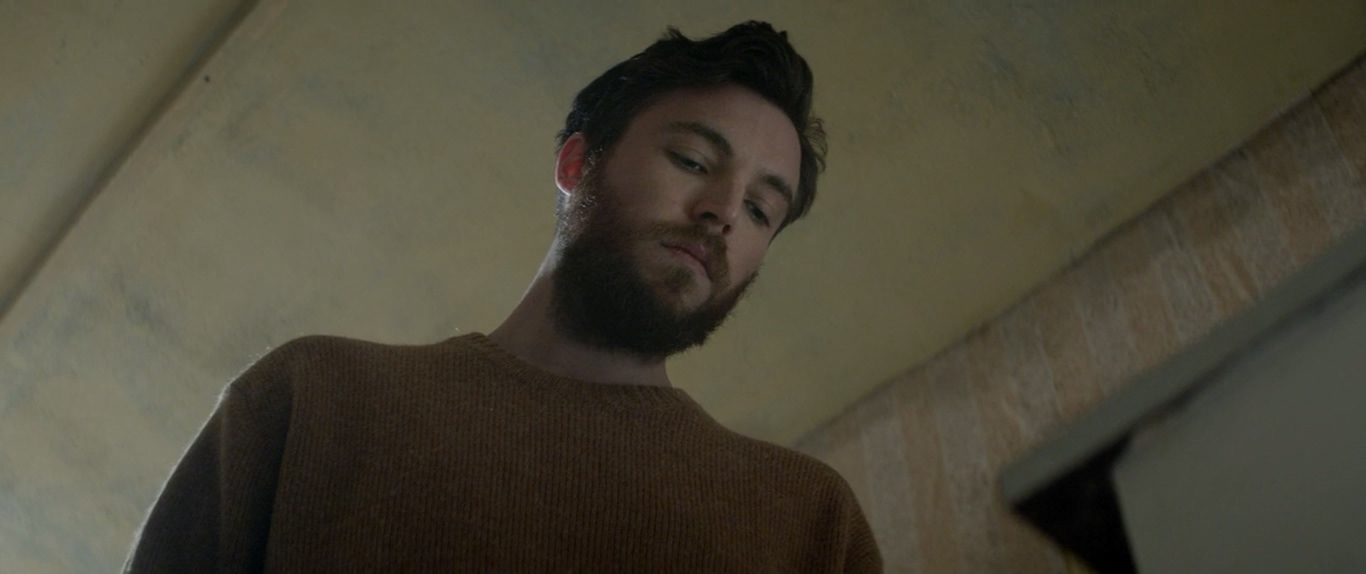With Russell Owen at the helm, the atmospheric psychological horror thriller ‘Shepherd’ tells the story of one man’s descent into madness over nine days. While unfolding like diary entries, the tale follows Eric, whose attempt at running from the past lands him on an island with no connectivity to the outer world. When uncanny events start occurring on the island, Eric is made to question his reality and the island’s nature.
The movie does away with the hackneyed tropes favoring an open-ended story with heart-aching natural beauty and a largely silent and serene treatment. While you speculate on the ending, you must also wonder whether the film has any basis in a real-life incident. In that case, let us probe further.
Is Shepherd Based on A True Story?
No, ‘Shepherd’ is not based on a true story. However, as understated as the movie seems to be, it imbues the scenes with symbolic meaning. We never know whether the macabre visuals are projections of Eric’s mind or whether he sees the horrific sights. The open-ended finale further invites the viewers to make meanings of their own. Russell Owen directed the movie from his own script, which he based on a lighthouse horror story he wrote around 2006. This was in turn inspired by the plethora of ghost stories he himself heard growing up in North Wales.

Some of you may have found similarities between this movie and Robert Eggers’ monochrome venture ‘The Lighthouse.’ Both the films were shot around the same time, and Owen was astonished to know that Eggers was doing a horror project with the premise of a lighthouse. However, although both the films are read as psychological thrillers, the vastly different treatments stop the audiences from making hasty associations. Owen expressed his admiration for Eggers, championing the latter as “an amazing director.”
While Owen took inspiration from non-traditional ghost stories, he also drew from personal experiences to envision the character of Eric Black. Owen was particularly influenced by one of his friends’ fight with depression. Reading into the friend’s life helped Owen develop the layers of the fictional character of Eric. Owen was further motivated by Christopher Nolan’s ‘Inception,’ whose open-ended finale invited the audience to make a similar judgment. He followed a similar route to keep the spectators guessing while toying with different theories.
Ultimately, they narrowed all the possible theories down to a manageable outcome. Playfully enough, the movie leaves certain clues for the viewers, like the wedding ring or the pagan symbol of a diamond and a cross above waves. Owen put a lot of research into the script to infuse the story with little details. A lot of thought went into designing the symbol. Everything has latent meaning, from the dog’s reaction to the fisherman being blind in one eye. Then, as the text became images, the director omitted the explanations and the meanings behind the little details. In turn, the viewer has to have a curious bent of mind to decipher the clues.

Moreover, as the director chose to use a natural setting and a 360-degree set of the house rather than a green screen, the ambiance seems realistic. By placing actor Tom Hughes in an unadulterated environment, the director managed to get natural expressions and actions. However, finding the location was a little complicated since it had to be cut off from the rest of the world. The director ultimately pivoted the site, foregrounding the chilling essence of the place. When we consider all the details and the psychological aspect of the story, it comes off as a realistic allegory of guilt and retribution.
Read More: Where Was Shepherd Filmed?


You must be logged in to post a comment.